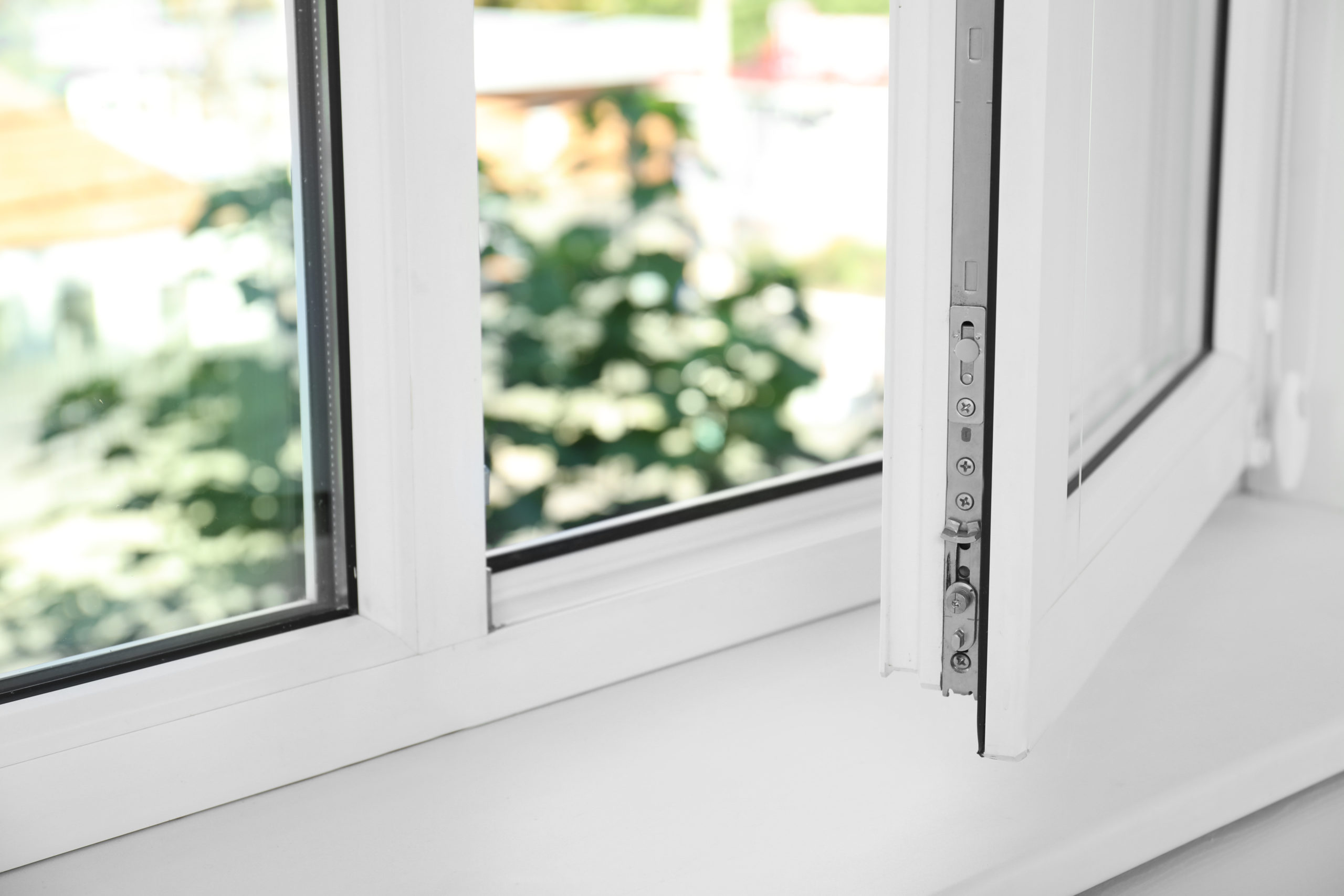Gazing out a window, you connect with the world outside. But that window isn’t just a pane of glass – the frame surrounding it plays a crucial role in your home’s comfort and efficiency. With various types of window frames available, choosing the right one depends heavily on your climate. Here are the most common window frame types, their strengths and weaknesses, and how they perform in different weather conditions.
Wood Window Frames
Wood frames are the classic crowd-pleasers of the framing world. They add a touch of timeless elegance to any space, whether you’re rocking a traditional look or something more modern. Plus, wood is super strong and acts like a natural insulator, keeping you cozy in winter and cool in summer.
The best part? You can pretty much customize them however you like – different shapes, different sizes, wood frames can do it all. There’s a catch though: wood needs a little TLC. You’ll want to repaint or stain them every now and then to keep them looking their best, especially if they’re in a humid or sunny spot. Wood can get a little cranky in those environments and might decide to crack or warp over time.
Vinyl Window Frames
Vinyl, or PVC, is a popular choice for its affordability and low maintenance. Vinyl windows are resistant to moisture, warping, and corrosion, making them ideal for humid climates. They come in various colors and styles, mimicking the look of wood for a more traditional aesthetic.
The downside of vinyl is its lower insulation value compared to wood or fiberglass. Additionally, vinyl can become brittle in extreme cold, and some homeowners find its look less appealing than natural materials.
Fiberglass Window Frames
Fiberglass is a rising star in the window frame market. It boasts exceptional strength, resilience to harsh weather, and impressive insulation properties. Fiberglass frames won’t warp, crack, or rust, making them a great option for coastal regions or areas with extreme temperatures.
While fiberglass is an excellent insulator, it’s also one of the most expensive frame materials. The initial investment can be higher than vinyl or wood, but the durability and energy savings can make it worthwhile in the long run.
Aluminum Window Frames
Aluminum frames, often chosen for new windows, are known for their slim profiles and affordability. They offer good structural strength and are resistant to rust and corrosion. However, aluminum is a poor insulator, meaning it conducts heat readily. This can be a disadvantage in both hot and cold climates.
To address this issue, manufacturers often create thermally broken aluminum frames. These frames have a nylon strip separating the interior and exterior aluminum, reducing heat transfer and improving energy efficiency.
Composite Window Frames
Composite frames offer a unique combination of materials, often combining wood pulp with vinyl or fiberglass. They inherit the strength and weather resistance of vinyl or fiberglass while maintaining the aesthetics of wood. Composite frames require minimal maintenance and provide good insulation properties.
The cost of composite frames can vary depending on the material composition. However, they generally fall between vinyl and fiberglass in terms of price.

Choosing the Right Frame for Your Climate
Now that you’ve met the contenders, let’s see how they fare in different climates:
Hot and Humid Climates
Prioritize moisture resistance and insulation. Vinyl, fiberglass, or composite frames are excellent choices. Vinyl is the most affordable option, but fiberglass and composite offer superior insulation. If you’re looking for a natural aesthetic, composite frames can provide the best of both worlds.
Cold Climates
Focus on insulation and durability. Wood, fiberglass, or thermally broken aluminum frames are ideal. Wood and fiberglass provide excellent insulation, but require more maintenance than thermally broken aluminum. Thermally broken aluminum is a good balance of performance and affordability in cold climates.
Temperate Climates
You have more flexibility. Consider factors like aesthetics, maintenance requirements, and budget. Any of the aforementioned frame materials could be suitable. Wood offers a timeless look, vinyl is budget-friendly and low-maintenance, fiberglass provides excellent performance, and composite strikes a balance between aesthetics and practicality.
When considering the types of windows available, it’s crucial to match the frame material to your climate to ensure the best performance and longevity.
Beyond Material: Additional Considerations
Remember, the frame material is just one piece of the puzzle. Here are some additional factors to consider:
Glass Type
Double-pane or triple-pane glass with a low-emissivity (Low-E) coating can significantly improve energy efficiency. Low-E coatings reflect heat radiation, keeping your home cooler in summer and warmer in winter.
Window Style
Casement and awning windows tend to be more energy-efficient than sliding windows. Casement and awning windows open outward, creating a tighter seal against the frame. Sliding windows can leak air more easily.
Installation
Proper installation is crucial for optimal performance. Choose a reputable contractor with experience in window installation. A well-installed window will maximize energy efficiency and minimize drafts.
Taking these factors into account will help you make a well-informed decision when selecting new windows for your home.
Conclusion
The best window frame for you depends on your specific needs, climate, and budget. Consider consulting a professional window installer for personalized advice based on your home’s unique characteristics. With the right choice, your windows won’t just be beautiful; they’ll contribute to a comfortable and energy-efficient living space. For home windows options, consult pros like Clera Windows to make a smart decision.

